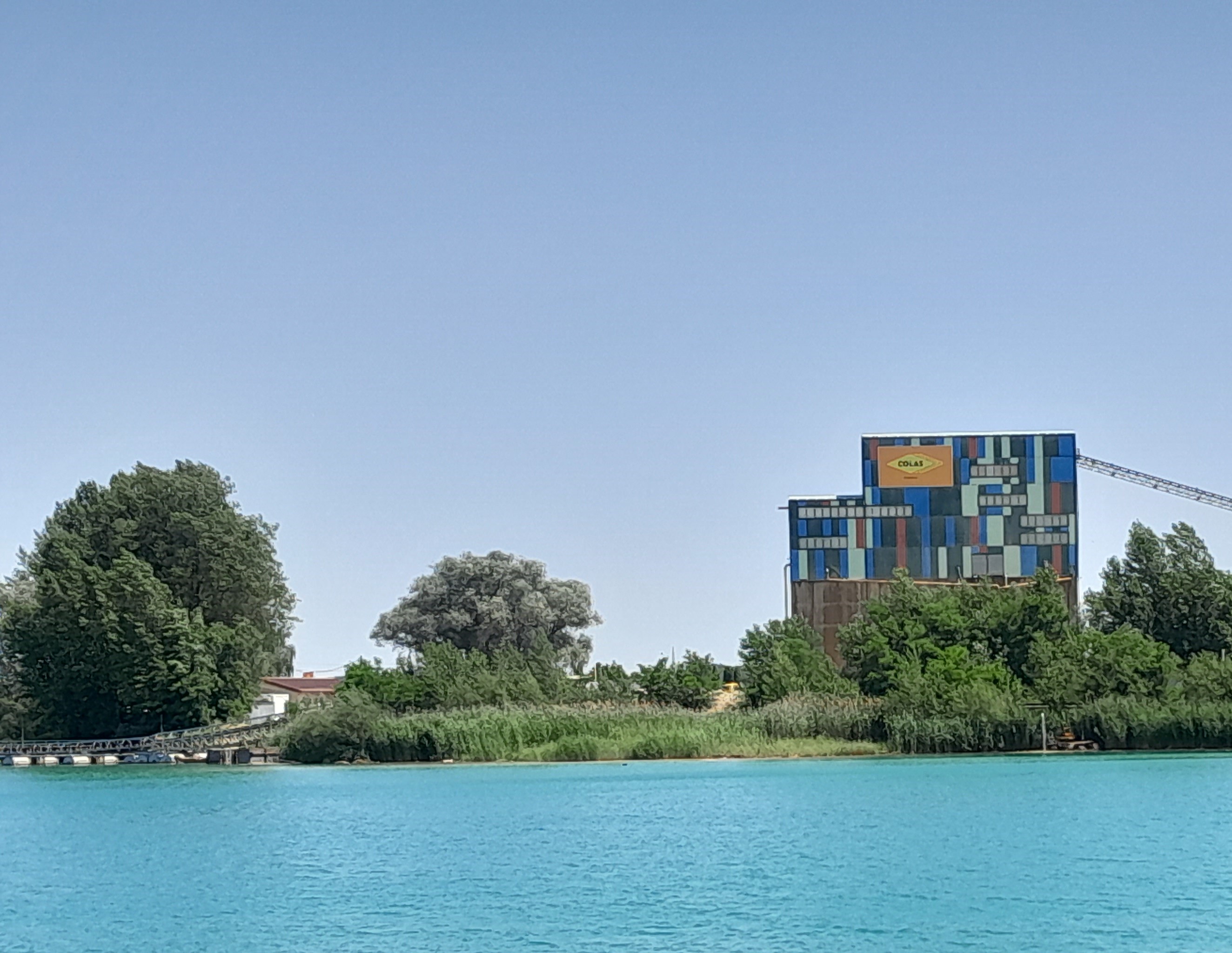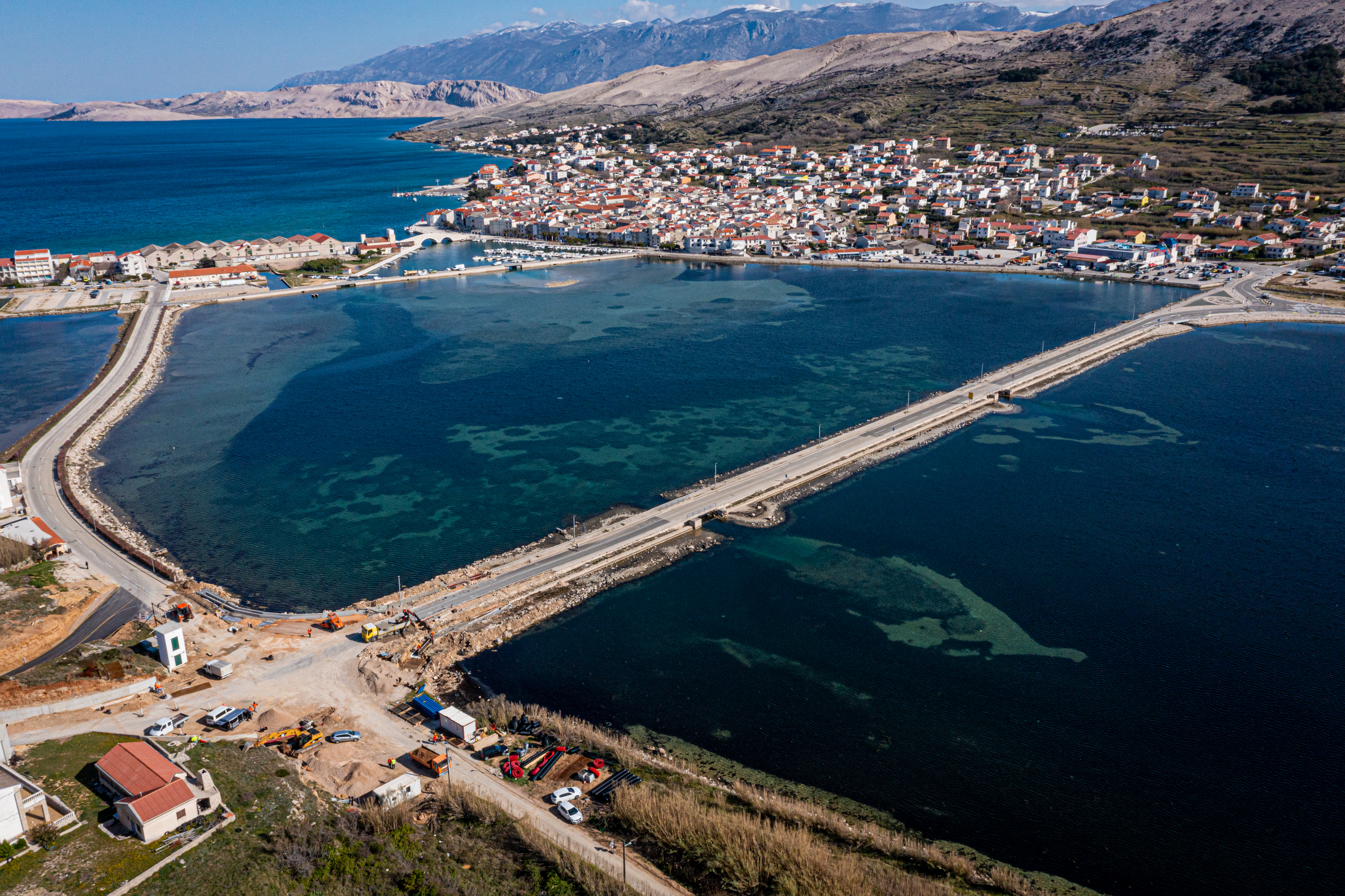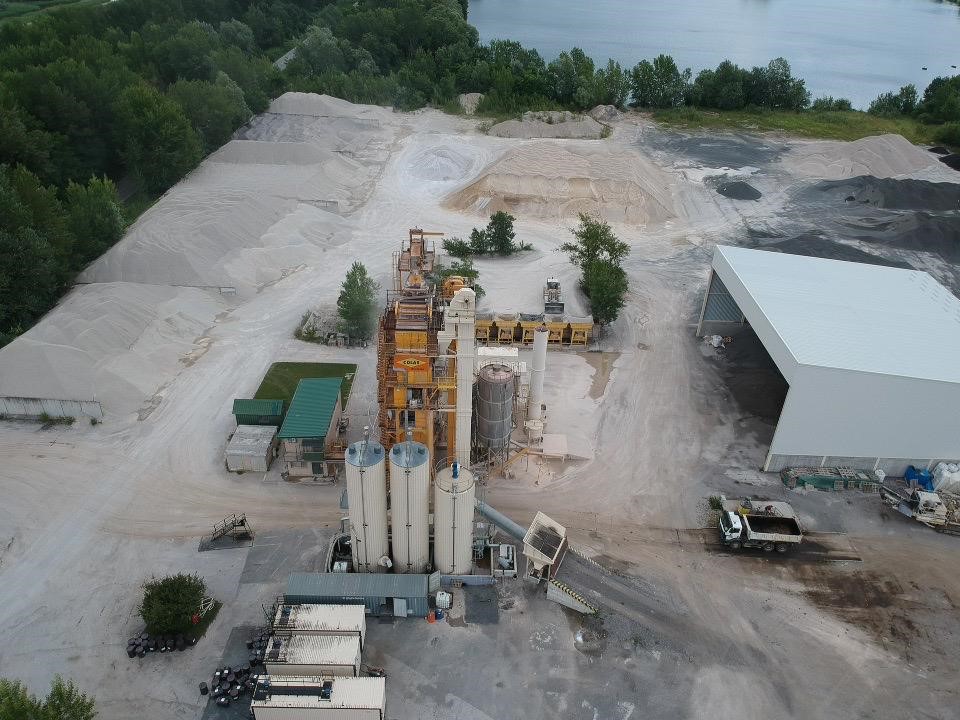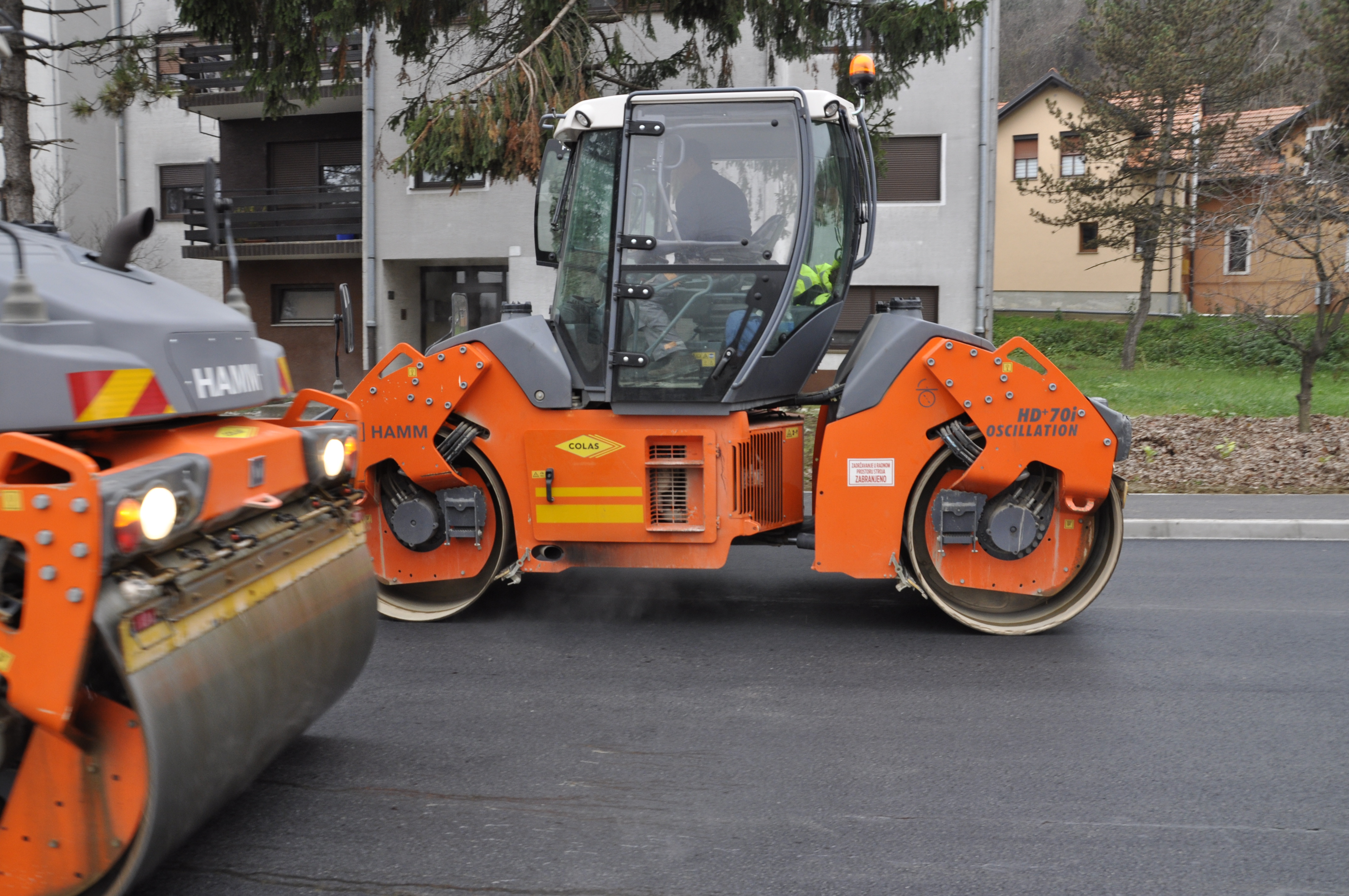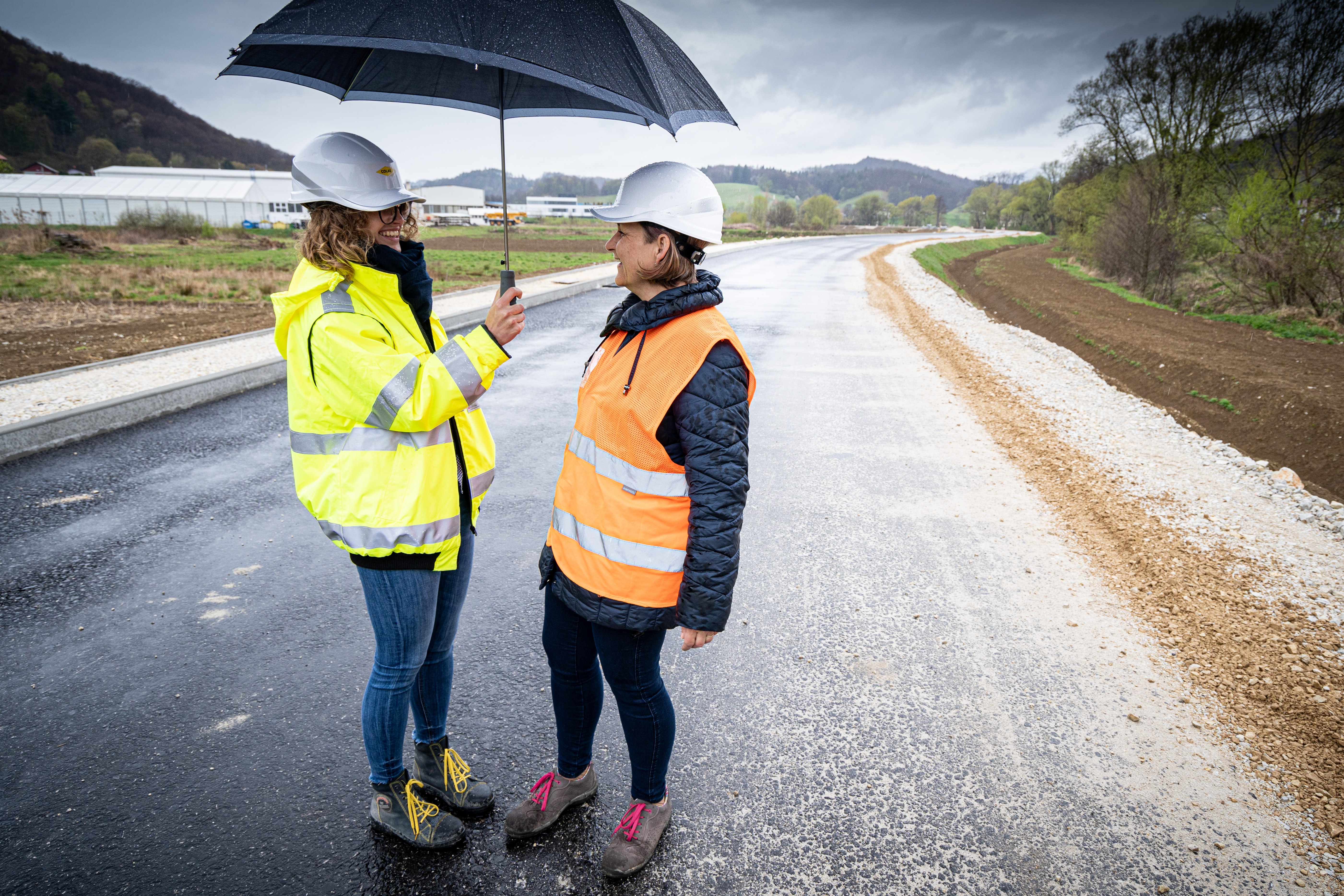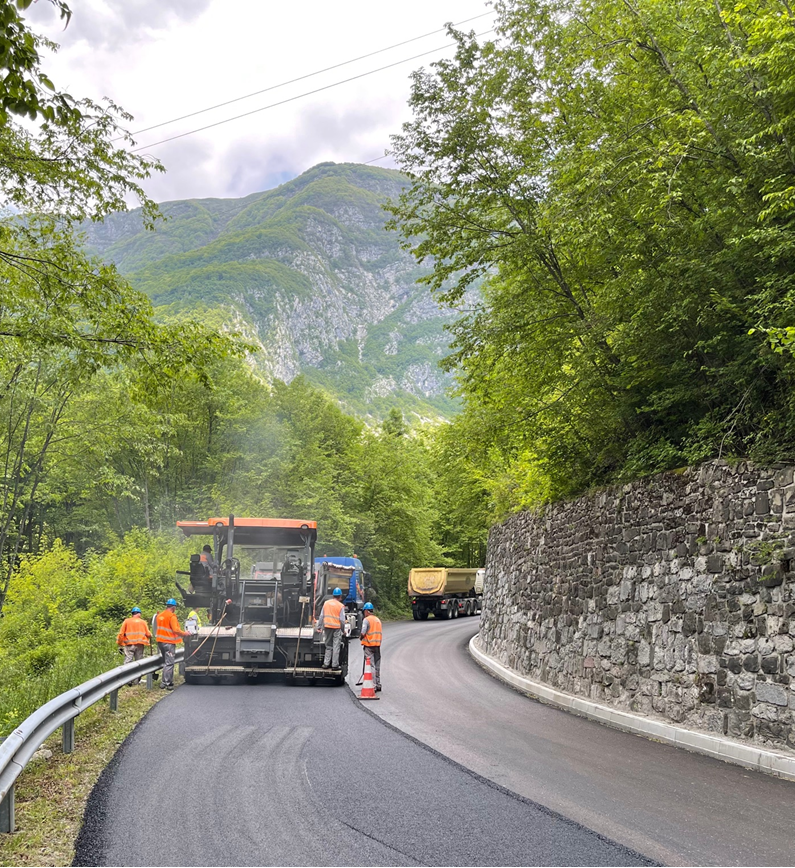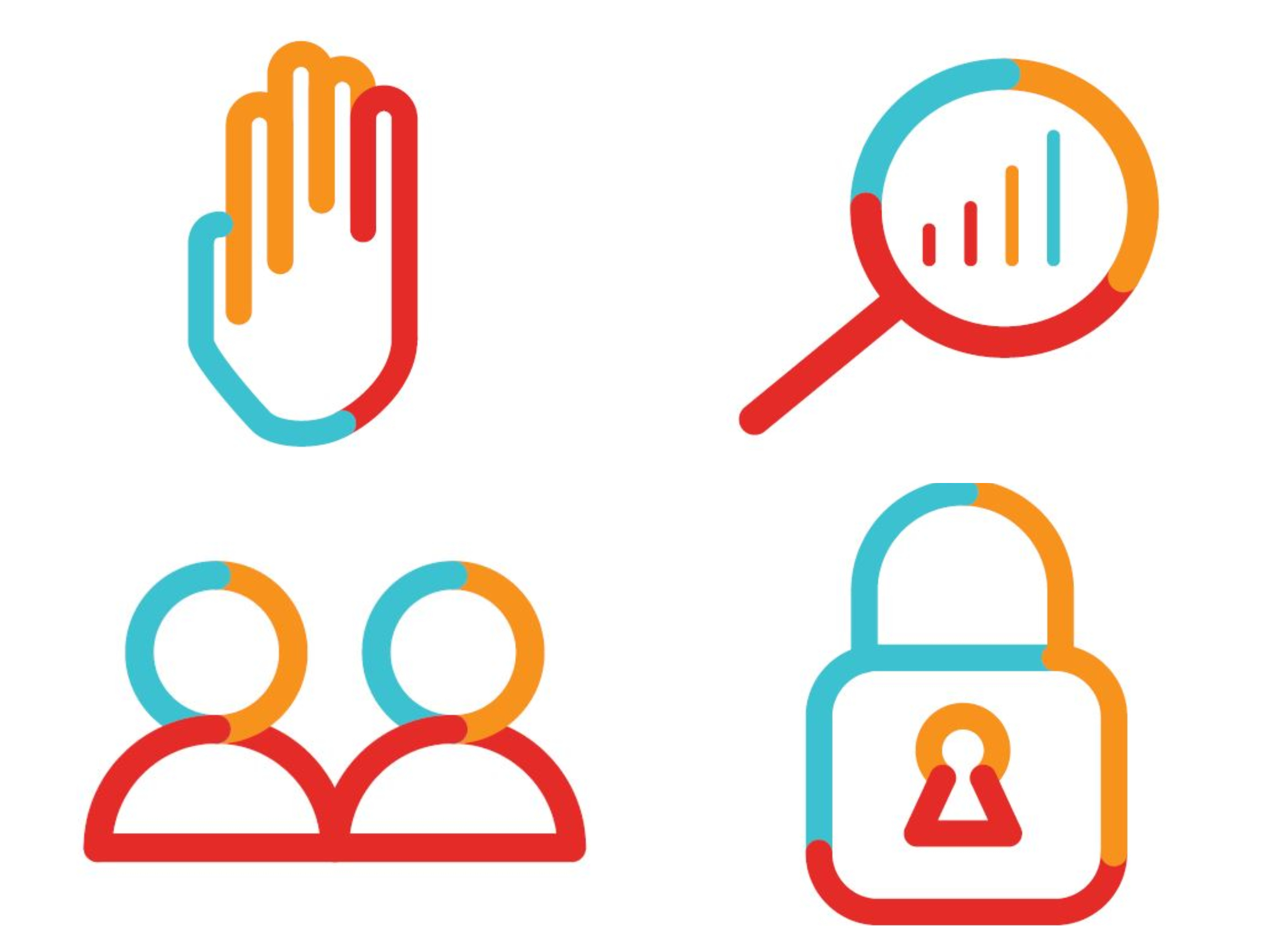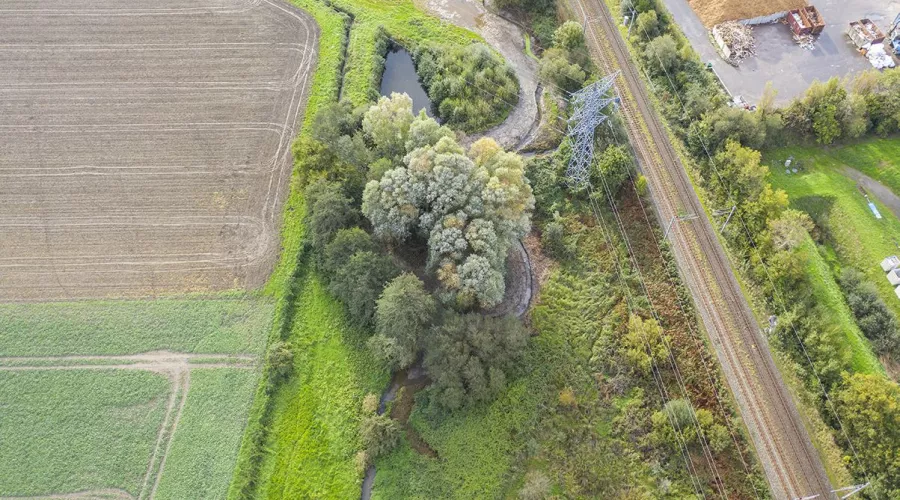
Climate change and the loss of biodiversity are major ecological and social challenges, so at Colas we have created a plan to reduce carbon emissions and preserve biodiversity. The group announced two ambitious targets to reduce its emissions, in line with the Paris Agreement
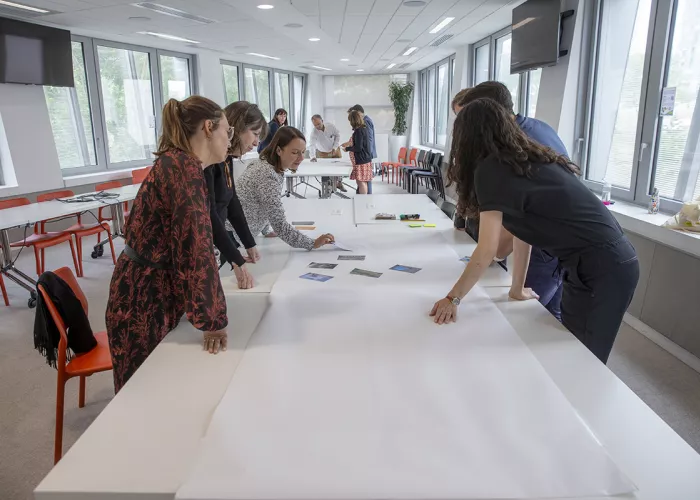
Inclusion of climate change priorities in our strategy for the entire Group
Climate change has a direct impact on Colas, prompting the Group to review the scope of some of its traditional operations and opening up new opportunities to adapt its business model in light of the green transition.
An analysis of the risks and opportunities arising from the transition to low carbon emissions was carried out at the level of the entire Group, and the initial findings were incorporated into the Group's strategy.
In order to accompany this energy transition, the Group raises employee awareness through trainings, webinars, days dedicated to environmental and climate change issues, biodiversity, Fresco workshops, and Low Carbon Way workshops.
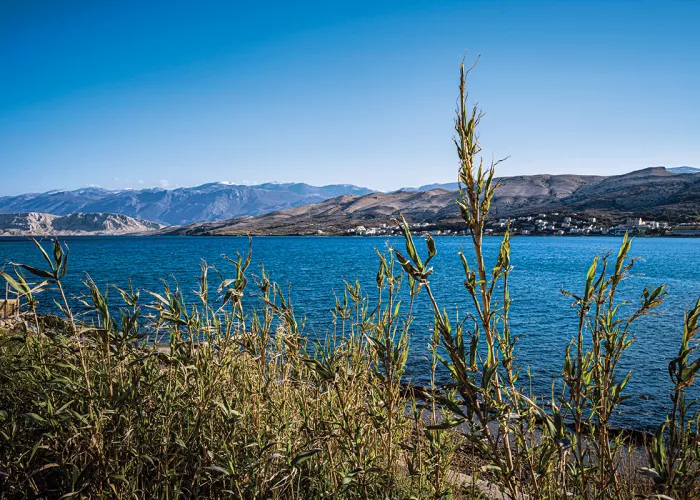
Taking action to reduce the carbon dioxide intensity of our direct emissions
One of Colas' goals is to reduce our direct CO2 emissions by 46.5% by 2030. To achieve this goal, we are working in a number of areas across the Group:
Increasing energy efficiency (reducing energy consumption in our industries through operational excellence)
Transition to less carbon-intensive energy sources (low-carbon machines, low-carbon electric vehicles, biodiesel, biogas and green hydrogen)
Development of innovative new production processes that are less carbon intensive (alternative energy, development of innovative solutions for fuel oil replacement)
Promoting more sustainable behaviour, such as monitoring consumption and introducing eco-driving training across the Group
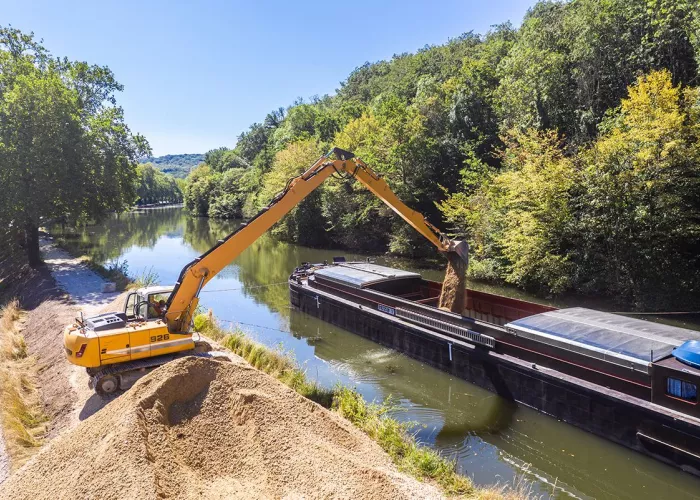
Development and promotion of low-carbon technologies and solutions
Reducing our carbon footprint primarily requires us to implement low-carbon products and techniques developed through focused research and development.
Achieving our reduction goals requires promoting products and techniques through marketing campaigns and awareness initiatives among our customers, focused specifically on offering environmentally friendly alternatives and highlighting the environmental benefits of our products and techniques.
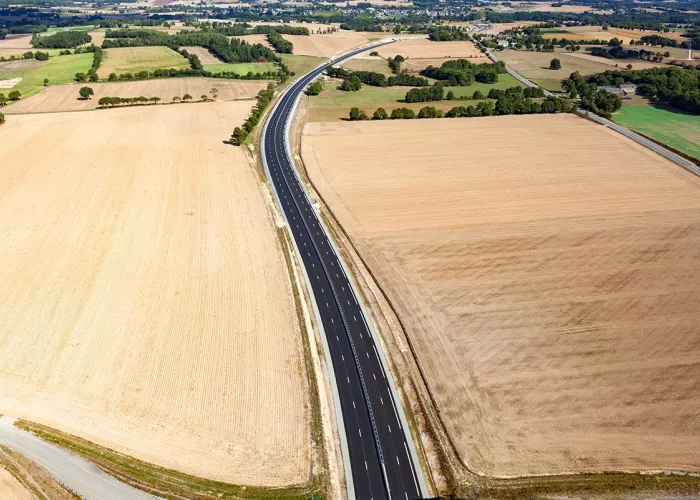
Optimizing carbon accounting for our business
Colas introduced a new methodology for calculating the carbon footprint of all its activities. This methodology takes into account the physical flows and costs involved in carrying out activities.
Two tools based on physical and financial data were also launched: Colas Carbon Footprint, to visualize the carbon footprint of the Group's entities in real time, and Colas Carbon Counter, to pre-calculate the carbon footprint on construction sites.
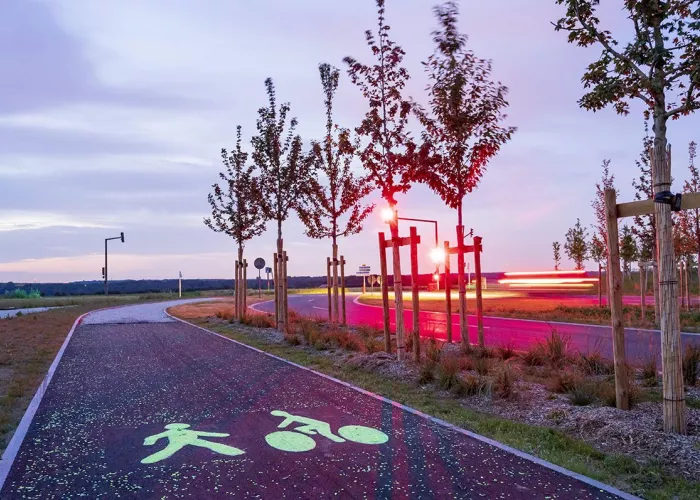
Helping our customers and users achieve carbon neutrality and reduce emissions
Business opportunities in the area of CO2 capture and storage, prevention of urban heat islands, carbon-free mobility and transport are discussed.
Colas has already incorporated global warming priorities into its research and development activities. With our light colored surface solutions, water management systems and work to revitalize damaged areas, we help improve existing solutions to create urban cold islands.
To reduce the impact of material transport, Colas also promotes non-road transport by rail and water. To help customers and users reduce their emissions, Mobility by Colas offers new mobility solutions such as Qievo and Moov'Hub.
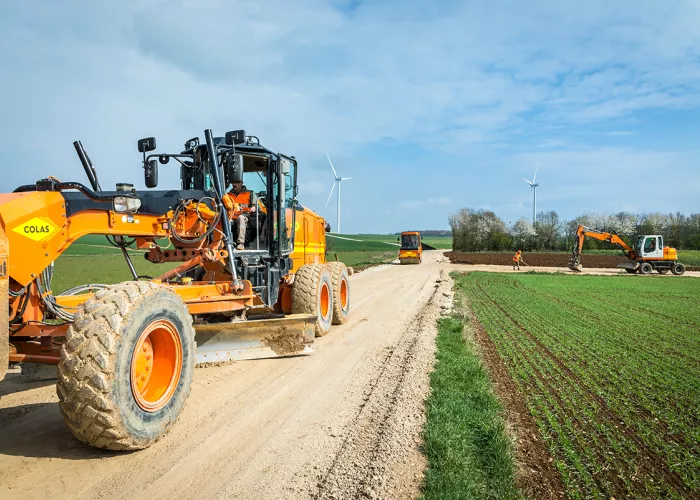
Incorporating priorities related to biodiversity loss into our operations
In October 2022, the WWF (World Wide Fund for Nature) announced that almost 70% of wildlife populations have disappeared since 1970. With climate change being one of the main causes, the challenge for Colas is to continue to help preserve biodiversity everywhere we work:
Protection of habitats and species through initiatives that promote biological diversity
Initiation of employee awareness and information programs
Control of water, soil and air pollution
Controlling the spread of invasive exotic species
Responding to the challenges of land artificialization
